Australian university Vice Chancellors earning seven-figure salaries despite some pay cuts
Tens of thousands of jobs have been slashed across Australia’s universities but highly paid Vice-Chancellors are still taking home enormous pay packets.

Education
Don't miss out on the headlines from Education. Followed categories will be added to My News.
University bosses are still pocketing seven figure salaries as the higher education institutions face their biggest financial crisis with a $4.8 billion hole in their annual budgets due to COVID-19.
Tens of thousands of jobs have been slashed and universities are calling on the federal government to help fill their financial black hole, which they estimate could total $16 billion.
But many of the highly paid Vice-Chancellors are still taking home enormous wages – even after temporary pay cuts prompted by the pandemic.
The massive salaries have sparked calls for institutions to permanently rein in their wages to be more in line with overseas universities and public sector.
A News Corp analysis shows University of Melbourne’s Professor Duncan Maskell is Victoria’s highest paid Vice-Chancellor, earning $1.499 million, slightly less than his predecessor was making in 2018.

Professor Maskell and his top tier executives, earning up to $1.1 million, have taken a 20 per cent pay cut to be reviewed after six months.
University of Sydney’s Vice-Chancellor Michael Spence refused a cut to his $1.6 million salary and Australian Catholic University Vice-Chancellor Greg Craven, who has university residences in Melbourne and Sydney, maintained his $1,359,999 salary.

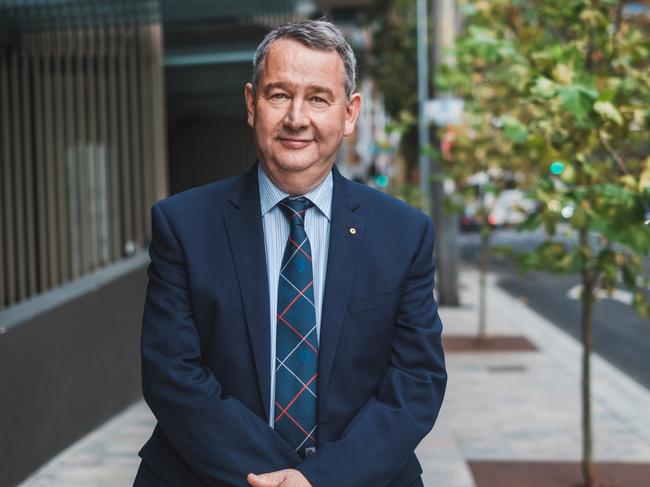
Sydney’s Macquarie University boss Professor Bruce Dowton also declined to reduce his $1,050,000 income.
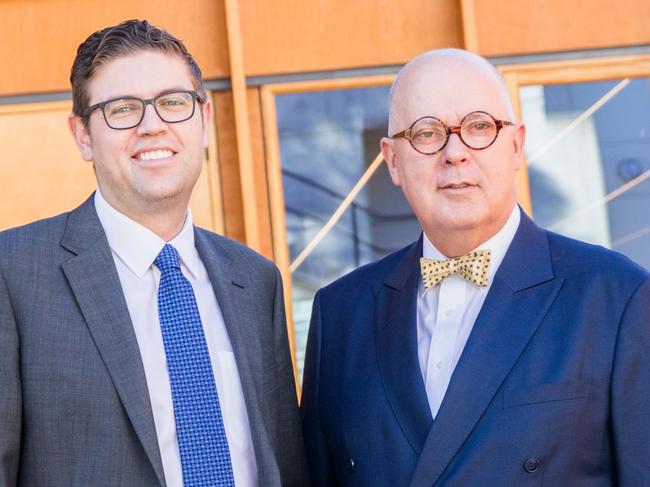
In Victoria, Monash Vice-Chancellor Margaret Gardner’s salary is $1,289,000 and she and her team took a 20 per cent pay cut.
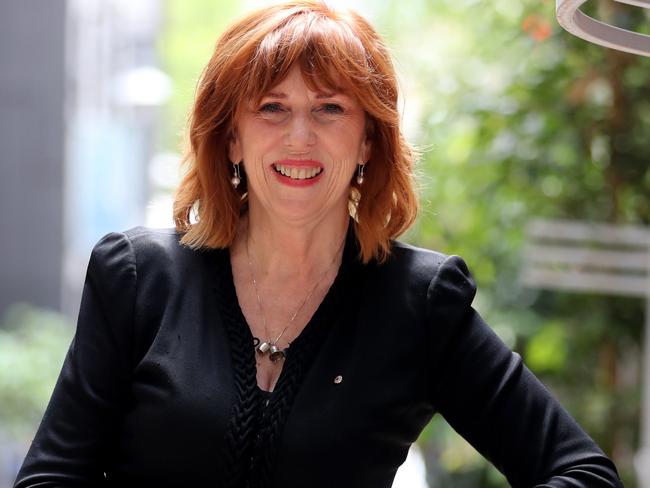
RMIT’s Vice-Chancellor Martin Bean took a 20 per cent cut to his $1,119,999 wage, with his top executives earning up to $999,999 before the voluntary cut and La Trobe University Vice-Chancellor, Professor John Dewar has absorbed a 20 per cent pay cut from his $980,000 wage.
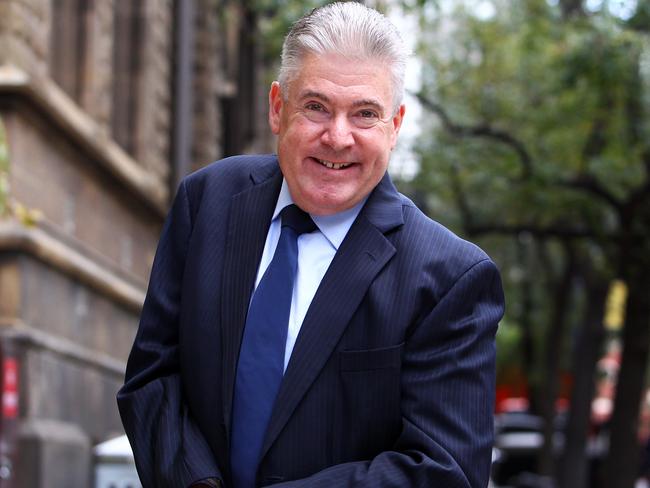
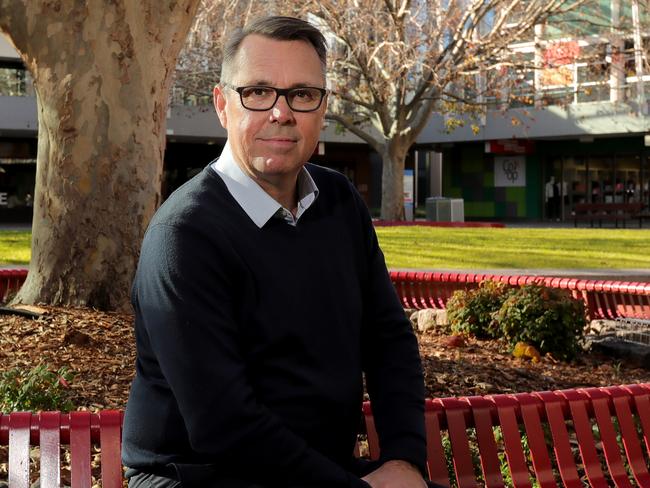
One of Victorian’s lowest paid Vice-Chancellors, Professor Iain Martin at Deakin University, voluntarily took a substantial pay cut when he took the job, bringing his salary to $819,000 for 2020 from his predecessor’s wage of $1,105,000.

But even with a further COVID-19-related 25 per cent cut, he still earns more than many of the country’s top public servants, including Brendan Murphy, who makes $567,606 in his role as Chief Medical Officer.
Over the border in NSW, new figures show UNSW Vice-Chancellor Professor Ian Jacobs is on $1,314,248 and has taken a 20 per cent salary reduction during the COVID-19 crisis, still earning him just over $1 million.

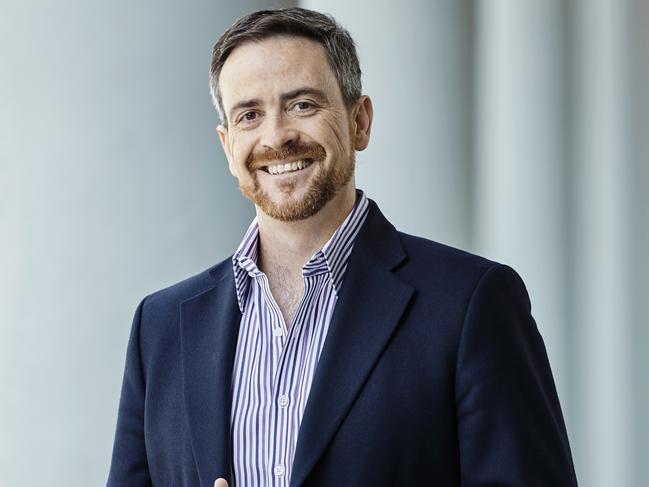
And University of Technology’s Vice-Chancellor Attila Brungs has contributed approximately 25 per cent of his take home pay $1,099,999 for most of 2020 to be split across student and staff hardship funds.
Proponents for the high salaries say Vice-Chancellors run mini-empires with enormous responsibility and budgets and still earn less than their corporate counterparts.
But with universities facing the financially devastating loss of their cash flow from overseas students others argue now is the time to permanently bring down salaries for Vice-Chancellors and their highly paid teams, with even some executives earning close to $1 million.
“With universities needing to control costs for several years due to their loss of international student revenues now would be a good time to re-set executive salaries,” said Higher Education commentator Andrew Norton.
Universities Australia Chief Executive Catriona Jackson said the federal government needs to step in and support universities and says their modelling shows a projected loss of $16 billion over four years.
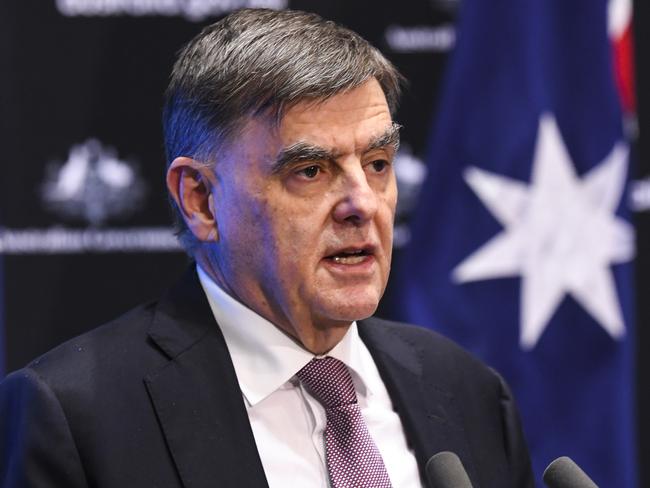
“More than 21,000 jobs within universities are at risk. The lost revenue would otherwise pay for the staff and facilities to educate the next generation of skilled workers, and finance much of the research and innovation that keeps Australia internationally competitive,” she said.
But there is a steep discrepancy between what university’s top brass are paid, often between $800 and $1 million more than the principal university academics and researchers who drive the core business of the universities.
UNSW’s Professor Gigi Foster, Director of Education, School of Economics said the trend towards highly paid executives was out of sync with overseas wages and what academics and public servants make.
MORE NEWS
Lost learning: How schools will catch your child up
Childcare workers exempt from ‘no jab no play’
Why students need NAPLAN more than ever
Fears for kids in anti-vax childcare
“This new retrenchment offers an opportunity to bring universities back to focus on their core business, which is teaching and research group,” she said.
National Tertiary Education Union (NTEU) President Dr Alison Barnes said the ramifications of COVID-19 will be felt by universities for many years.
“In the context of enormous job losses and the pressure the sector is facing not to cut your own wage seems tone deaf and those salaries are obscene in the context of workers who have no employment security,” she said.
“The federal government is missing in action and has excluded universities from job keeper and desperately needs to throw the sector a lifeline.
“Universities play a role in reskilling the Australian workforce as we move into a recession, they train our nurses and doctors who we need in situations like COVID-19.”
Originally published as Australian university Vice Chancellors earning seven-figure salaries despite some pay cuts
